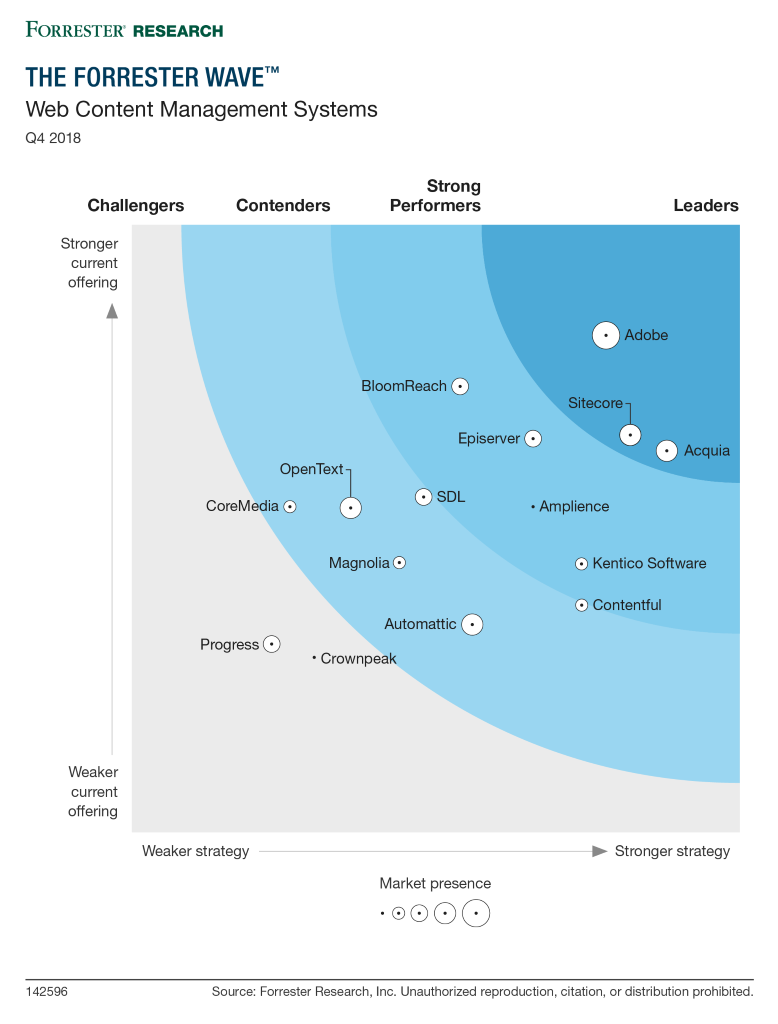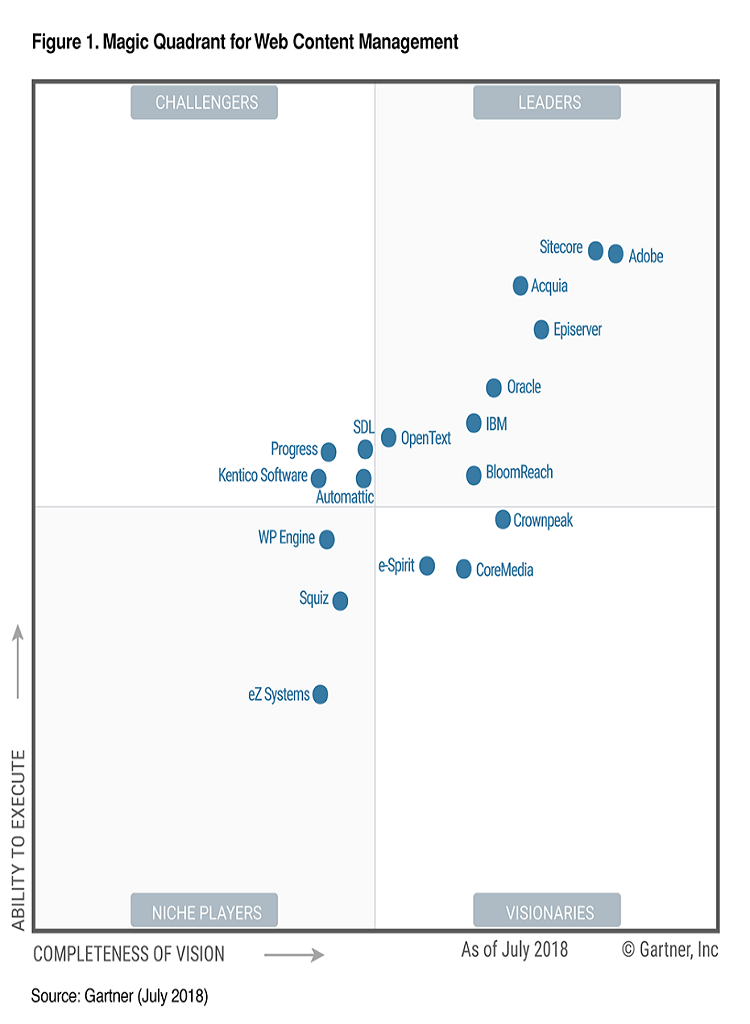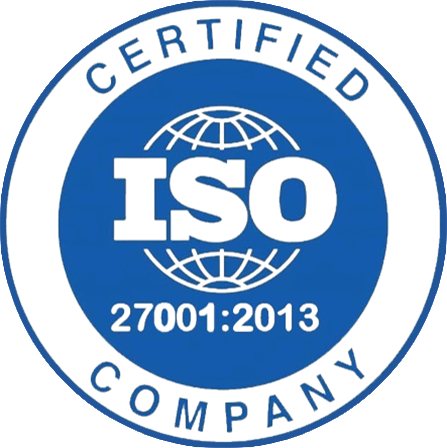Blogs

Disclaimer: This is not just another write-up comparing AEM with open source CMS solutions. It’s a meme post too.
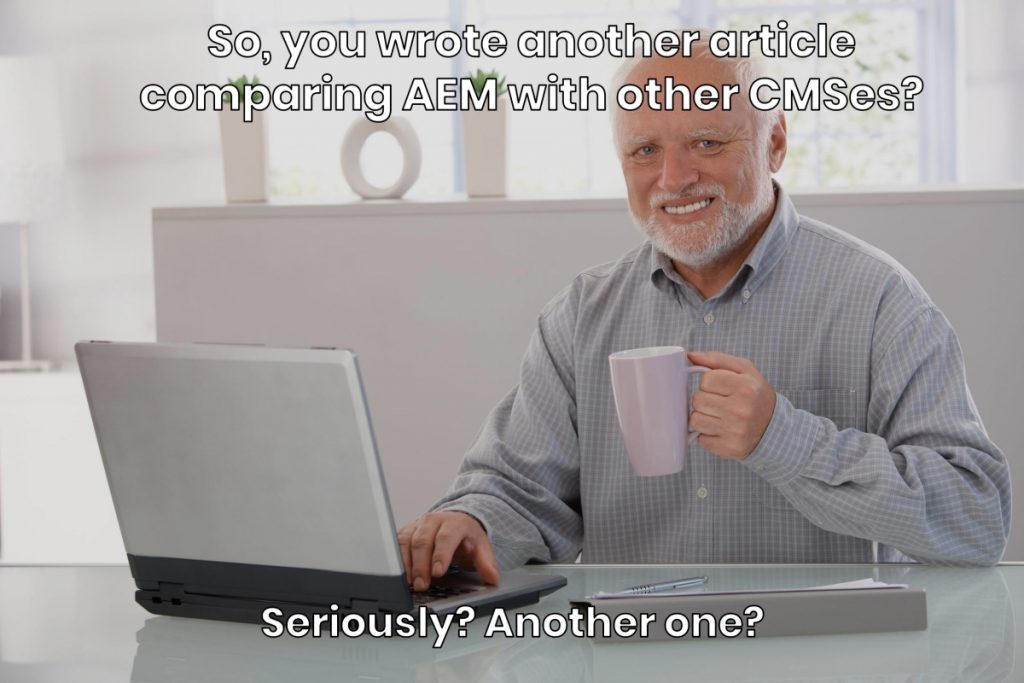
But besides the memes, what are we discussing?
Through this article, content authors, marketers, developers, brands and businesses will be able to understand the inherent open source core of Adobe Experience Manager (AEM). You will also explore the key strengths of this Enterprise Web Content Management Solution (EWCMS) and its powerful siblings that have been making it the Leader in Gartner’s Magic Quadrant for successive years. AEM is also marked as a leader with a huge market presence in Forrester’s Wave Web Content Management System.
Why do we need to talk about the core of AEM?
The heart of any CMS lies at its core and technology stack. A well-designed technology stack makes management easier for partner companies and opens smooth paths for customization of the product itself. When people talk about AEM, the first thing they see is the licensing cost and the proprietary CMS tag attached along with it. They skip the fact that it is built upon Open Standards or Open Source stack. The open source development gets active contributions and engagement from developers at Adobe as well as other active technology communities.
Welcome to the bright side of AEM!
AEM is not just polished and garnished with Adobe’s limelight. It has a multiverse of high-end features that make it stand out of the crowd ever since it came on the scene.
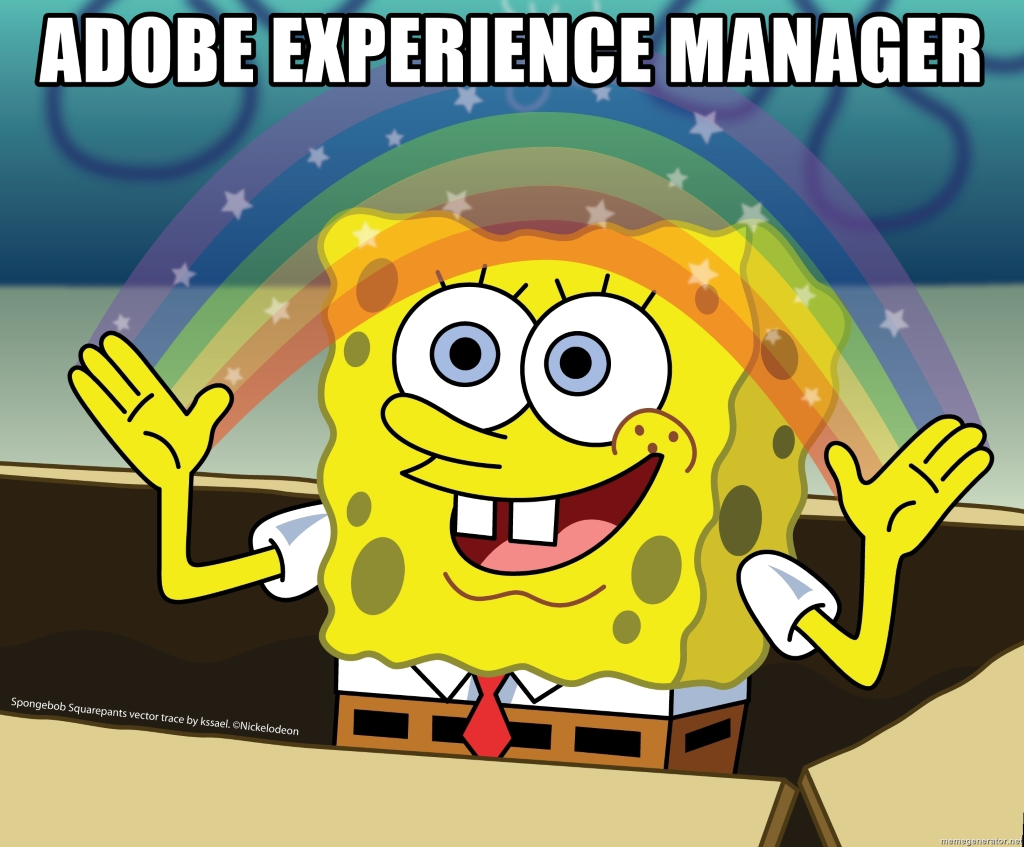
AEM is not just a content management system but an important part of the Adobe Marketing Cloud (umbrella Adobe Experience Cloud) ecosystem, which is a comprehensive suite offering midsize and big enterprises a seamless experience across all touchpoints and channels. It outshines other CMSes because of its versatility to integrate smoothly with other solutions in the Experience Cloud that offer a complete set of tools for an enterprise.
AEM’s core can’t be more open source
- The core of AEM is laid upon CRX repository, a Java Content Repository (JCR) which is based on Apache Jackrabbit (a project of Apache Software Foundation, one of the world’s largest open source foundation). It supports versioning, full text search, transactions, event management, data persistence, storage, etc. with the help of an open source society. JCR vanishes the need for an external database by providing features to store and retrieve data efficiently.
- The modular architecture of AEM is provided by OSGi (Open Services Gateway Initiative), an open source framework which is implemented as Apache Felix. The initiative is highly supported by Adobe developers as well. OSGi is fully utilized in AEM as all the bundles of AEM are managed by OSGi.
- Moreover, Apache Sling provides a RESTful architecture and an open source web framework. It communicates with underlying JCR to complete the entire AEM stack flow. The technology stack of AEM comprising these three key elements is entirely built upon open source.
- MongoMK is a backend storage facility allowing linear scalability. This open source solution is the true spirit of AEM when it comes to big data, high performance and scalability. It handles a massive amount of data for content rich websites or for websites having unanticipated user growth. MongoDB comes handy with AEM and can help in growing and scaling up the deployment to ensure high customer satisfaction.
- Lucene Solr, built on Apache Lucene, is another open source scalable enterprise-search platform that gets embedded into AEM for search functionalities making it easier for users of this CMS. Apart from Solr search, AEM can also use features of Elastic Search which is another Open source platform used for enterprise search.
- AEM integrates seamlessly with Magento, an open source e-commerce platform used for crafting unique retail digital experiences for brands.
- AEM project is packed together into a cohesive module (multi-module structure) with many open source dependencies that is in turn managed by Apache Maven. In a sense, for the development of AEM project, various open source libraries are used.
AEM experts contribute to various open GitHub repositories. So, in effect, AEM can be considered as one of the most reliable commercial WCM platforms which openly discusses issues in its forums and portals.
Not convinced yet? Here’s more for the discerning readers
The release of core components of AEM by Adobe under open source license is a hope that AEM and Adobe might be moving towards the Digital Distribution Model.
Not a claim, just a HOPE!
This component store within AEM is a playing field for developers. They can submit generic components to be used in AEM such as multiple variants of RTE, Hero, responsive components, etc. This lays the foundation for a new world of exploration, development and vision. These core components would enhance the ease-of-use of AEM for content authors and would open a wide arena for developers contributing to open source communities and portals.
There is a new hype and renewed excitement in the CMS world around headless CMSes, i.e. CMSes without the front end (head) implementation feature. These CMSes can deliver content through APIs for utilization in Android app, iOS app, Windows and any platform we can think of. It is a powerful feature for web and app developers. With AEM being a hybrid CMS, you get this advantage as well as that of a traditional CMS.
Content and experience fragments in AEM provide a similar feature with an ocean of highlights. Content fragments expose their content in the form of JSON that can be used with any platform. On the other hand, experience fragments are reusable fragments of a page that can be consumed by a third-party system or app to deliver relevant experiences to customers. They can be used to build reusable experiences, delivering content for context-specific variations and omnichannel commerce. So here, AEM can be used for a Content as a Service (CaaS) model.

The Game of comparisons
While comparing free and open source CMS solutions with AEM, people are initially tempted with zero software cost but unaware of the inherent costs lying within TCO (Total Cost of Ownership). TCO is the major deciding factor in terms of costs, which includes installation, customization, security, support, upgrades, training, etc.
The decision to choose the right CMS for your business is often dependent on the business requirement. If your company has a global presence and generates a high revenue, you might want to go for a reliable and secure CMS. A CMS that provides a holistic coverage of every aspect from content management to site analytics, customer personalization, media management, web publishing, campaigns and a seamless integration with third-party leaders like AWS, Salesforce, Facebook, SAP etc. You would want a CMS that offers smooth deployment and speedy revamp time.
The world of AEM is flexible and agile with a robust architecture finely crafted and curated with the help of open source communities.
Debunking the myths around open source CMSes
Why would it be difficult to achieve all of the above with a free and open-source software platform?
This is due to a variety of factors:
- Lack of a holistic approach towards business solutions.
- Inability to capture the entire market through core features.
- Unprecedented access for open source developers leading to unpolished or immature codes sometimes resulting in bugs and product issues.

- Various security concerns and threats due to the “open nature” of development.
- Large TCO as compared to the initial software cost.
- Not as free as it’s claimed, the picture is complex. It is more expensive and limited in its scaling capabilities because of the database layer.
- Extra cost for cloud solutions, database, developer support, consultation costs, etc.
- No guarantee of timely and continued community support.
- There is no differentiation in author and publish environments, and system architecture is quite expensive.
- Most open source CMSes are in their infancy when it comes to creating a holistic digital marketing experience for customers.
- Lack of many core features such as personalization, mobile support, multi-site management, dynamic content, etc.
- FOSS CMSes provide various features in the form of modules. You can imagine so many modules! Modules may have internal dependencies which in turn can become unmaintainable and unsupported. It might also require an intensive evaluation and research for the modules that would fit the requirement.
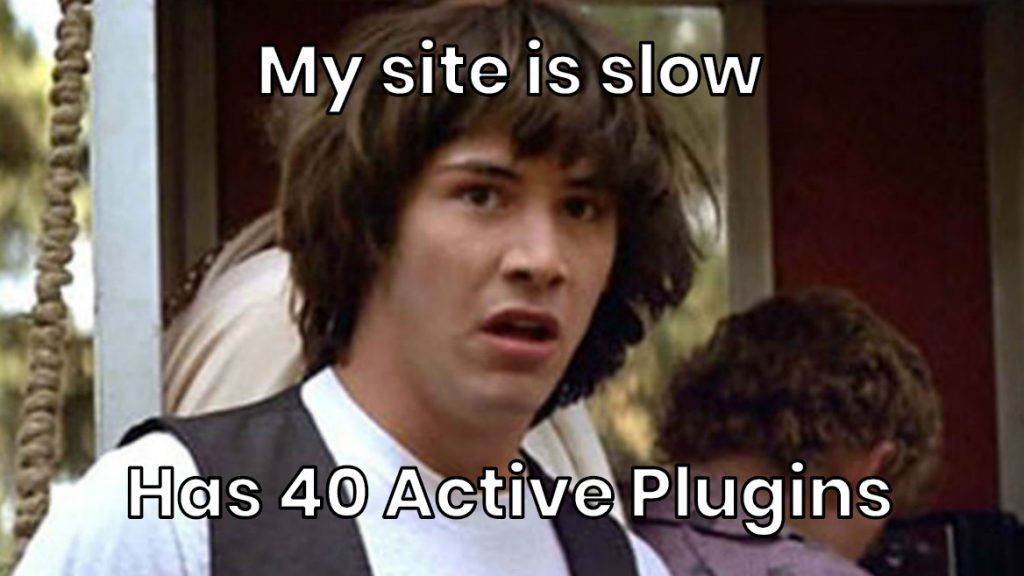
Why should I choose AEM?
Isn’t it enough to realize that security and updates in open source systems are not a guarantee or authentic all the time? In turn, AEM is guarded by Adobe support 24*7 solving technical and marketing issues and giving online support and training. The extensive seminars, training sessions, documentation and round-the-clock support makes AEM reliable and trustworthy. The solutions to issues in AEM are delivered in the form of service packs and feature packs to ensure a smooth functioning of websites and projects. The updates on the website are effective on-the-fly with ease of management because of different authors and publish servers.
AEM is a collection of core features and seamlessly integrates with many third-party tools. If used in its entirety, AEM and other Marketing Cloud solutions can give a self-sufficient ecosystem that businesses can rely upon.
So, you might want to leave a lackluster user experience and security hurdles to join the multiverse of AEM.
Argil DX is a boutique digital experience company specializing in Adobe Experience Cloud. We are an Adobe Silver Solution Partner serving some of the most popular brands with a focus on tailored digital strategy and executing it through the Agile approach. For queries around AEM implementation, maintenance or any other exciting ideas, write to us.

